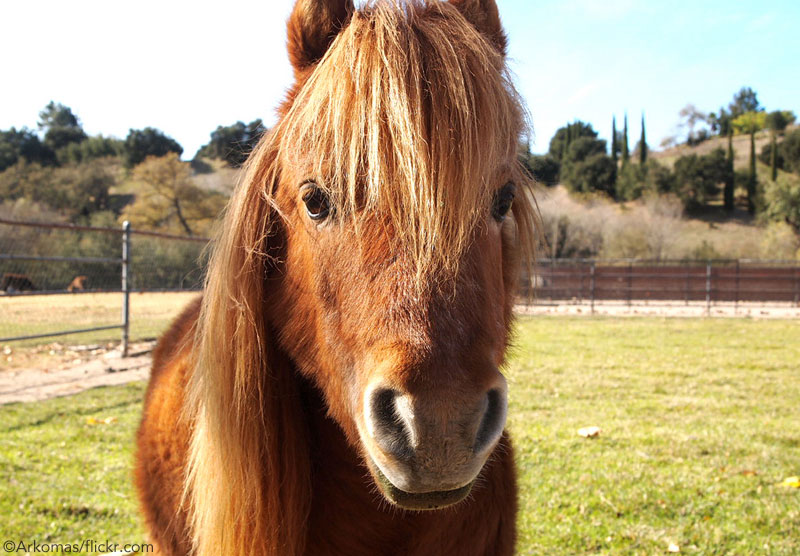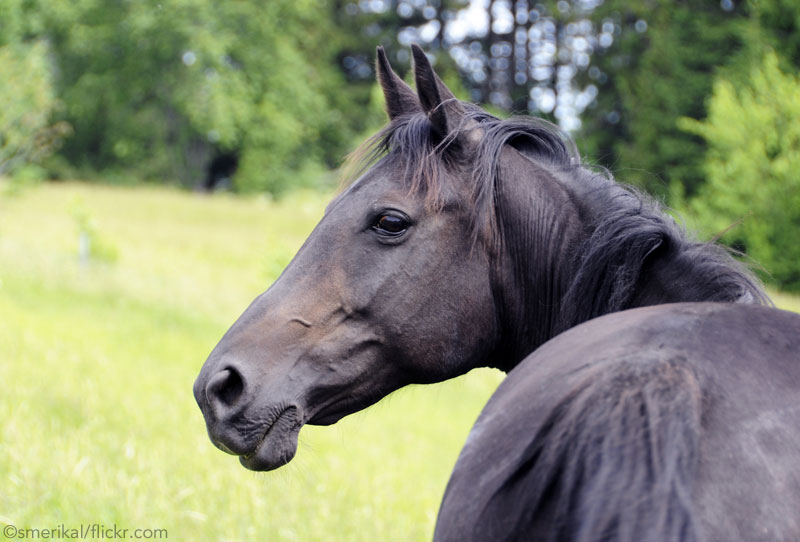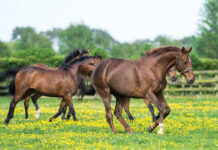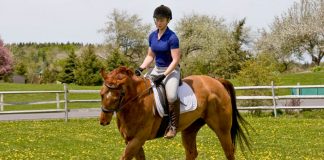I’ll admit it: Horse vets have their preferences when it comes to patients. Although a genuine “favorite four-legger” is highly dependent on individual tastes, in generalities, there are some well-known favorites on any equine vet’s list. I’ll let you in on the most common favorites and why they make the grade.
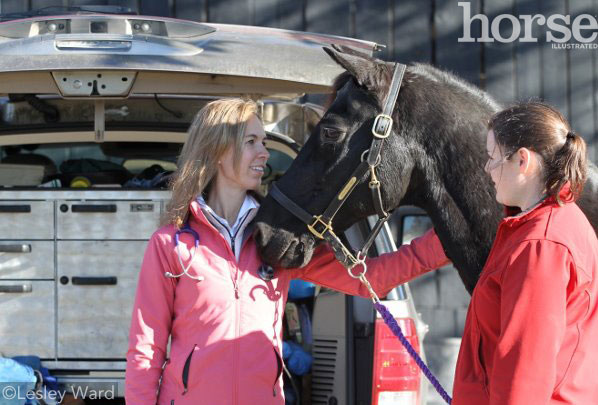
Photo: Lesley Ward
The kindly senior horse.
The venerable older horse—we’re talking late teens to twenties and beyond—is a delight to work with. There is always some awe that accompanies these wonderful creatures. What have they seen? What have their lives been like? In some special cases, these golden oldies are older than their owners, and older than the vet! For this reason alone, a special reverence is due. Soft, sunken eyes, swollen joints, gray hairs, and slanted, tarnished teeth—these seniors have given their best years to us and with a gentle nudge for a carrot, they don’t ask much in return.The school horse.
Push-button in every sense, this horse knows it all because he’s seen it all. Unruly six-year-olds? The most unorganized horse show ever? Parades? Check, check, and check. Bombproof is bombproof. As for the vet, with needles and lights and powerfloats—what’s the big deal? It’s all taken in stride and for that, us vets are grateful. And if we listen carefully, sometimes these guys even teach the doctors a thing or two.
The gentle giant.
Oh, for the love of the draft horse. While not all are stoic examples of the cold-blooded breeds, many are true diplomats. With those enormous muscles and huge, plate-sized hooves, drafts can move with surprising ease and often look to please. And although those leg feathers can sometimes be a hassle to clean or move out the way, they are just gorgeous. End of story.
The miniature horse.
Minis can develop the reputation of having a personality bigger than, well, themselves. The drama queen mare, the stallion that thinks he’s a bit too big for his britches—sometimes working at a stable with minis is like walking into a daytime soap opera. But that’s the fun of it. Their wild coat colors mixed with the spectrum of personalities—it’s all pocket-sized fun. And when you run into one that truly believes he’s boss, his weight advantage over you isn’t too large and, admittedly, it doesn’t hurt too much when your toes get squished.
The Standardbred.
This specific breed may not make all equine vet lists, but it makes mine. These trotters and pacers, uniform in their smart bay or brown coats, are some of the most well-behaved patients I have. Some may argue their good manners are from their time on the track, but I counter that even the unraced Standardbreds have a wise countenance you can see in their dark eyes. These horses exude distinction with a dose of practicality. Not snobby, not edgy—just perfect.
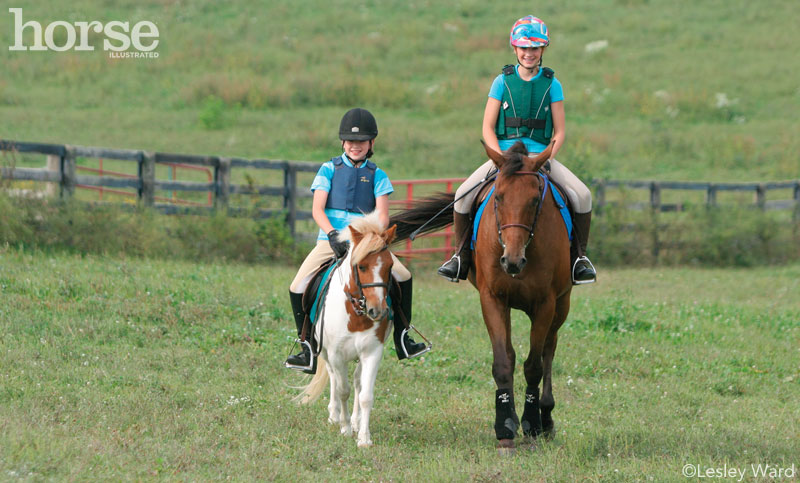
Photo: Lesley Ward

Photo: virgonira/thinkstockphotos.com
ANNA O’BRIEN, DVM, is a large-animal
veterinarian in Maryland. Her practice tackles anything equine in
nature, from Miniature Horses to zebras at the local zoo. Follow Dr. O’Brien on Twitter: @annaobriendvm

